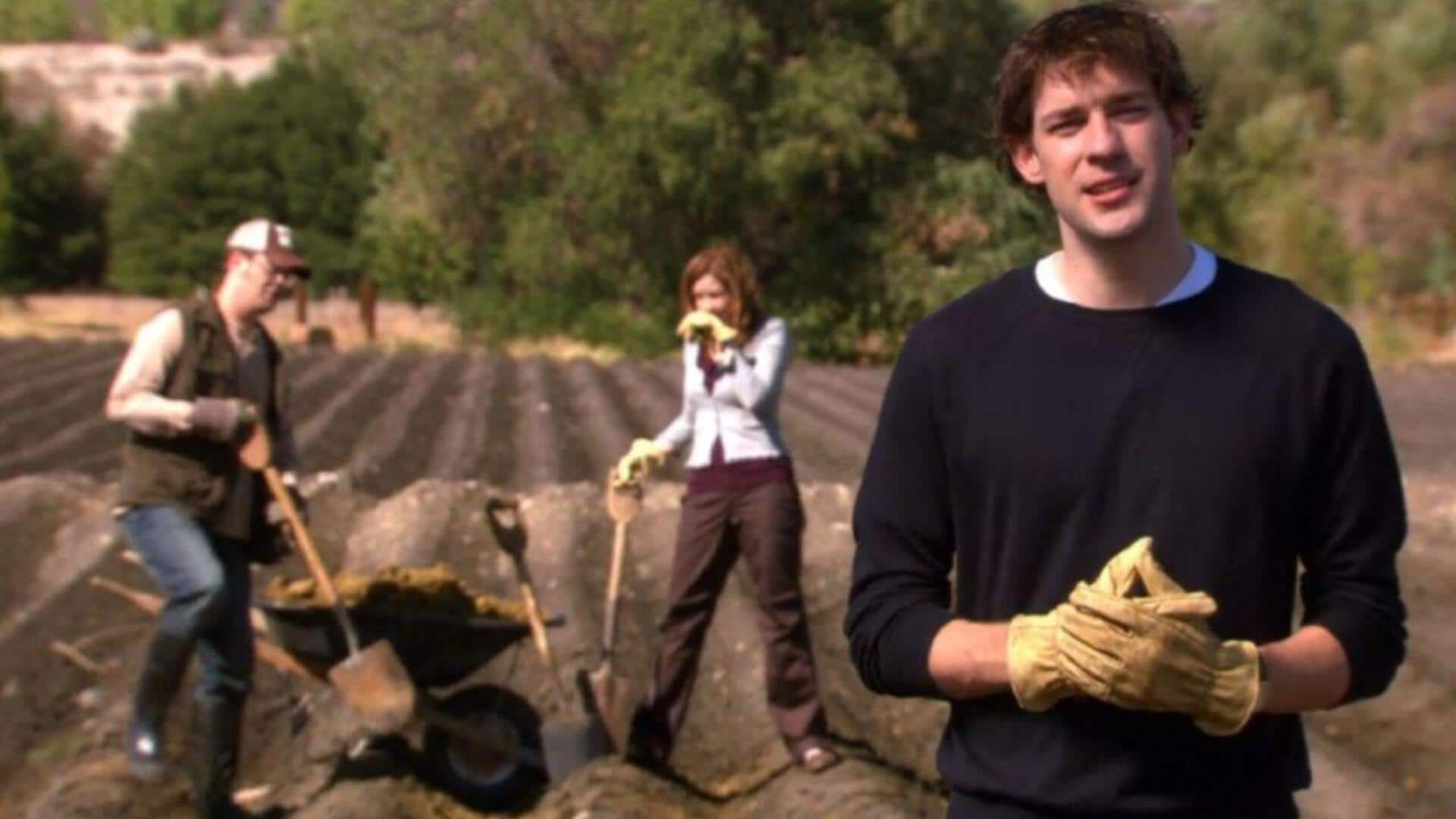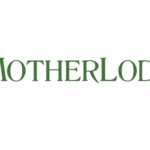Why ‘The Office’ isn’t the most inclusive workplace

**Why ‘The Office’ Isn’t the Most Inclusive Workplace**
*By Vinita Jain | Oct 07, 2025, 10:59 am*
*What’s the story?*
While *The Office* remains a cult favorite, it doesn’t accurately portray corporate diversity. Set in a paper company, the show has faced criticism for its lack of workplace diversity, falling short of representing the inclusive environments typical of modern corporations. This article explores how *The Office* misses key elements of corporate diversity and inclusion in its portrayal of workplace dynamics.
**1. Limited Representation of Diverse Roles**
*The Office* predominantly features a homogenous cast with limited ethnic and cultural diversity. This narrow representation can give viewers a skewed perspective on real-world corporate settings, where diverse teams are increasingly common. By not showcasing a wider variety of roles and backgrounds, the show misses the chance to illustrate both the benefits and challenges that come with a diverse workforce.
**2. Stereotypical Character Portrayals**
Known for its quirky characters, *The Office* sometimes relies on stereotypes that oversimplify the complexities of individuals from various backgrounds. Rather than challenging stereotypes, these portrayals can reinforce them, offering a limited view of how diversity plays out in professional environments. A more nuanced approach could have added depth to the show’s narrative while promoting inclusivity.
**3. Lack of Focus on Inclusion Initiatives**
Unlike many real-world companies that prioritize inclusion through training, mentorship programs, and equitable hiring practices, *The Office* does not highlight any such initiatives. By omitting this aspect, the series misses an important opportunity to discuss how organizations create environments where employees feel a sense of belonging and support.
**4. Missed Opportunity for Cultural Exchange**
Due to its limited cultural diversity, *The Office* overlooks opportunities for meaningful cultural exchange between characters. In actual workplaces, such interactions foster innovation and collaboration by blending diverse perspectives and ideas. Highlighting these exchanges could have showcased how embracing cultural differences strengthens teamwork and problem-solving within organizations.
*In summary,* while *The Office* succeeds as a comedy, it falls short of portraying the inclusive, diverse nature of today’s corporate workplaces. Incorporating more realistic diversity and inclusion elements would have enriched the storytelling and provided a more accurate reflection of modern work environments.
https://www.newsbytesapp.com/news/entertainment/how-the-office-misrepresents-corporate-diversity/story









